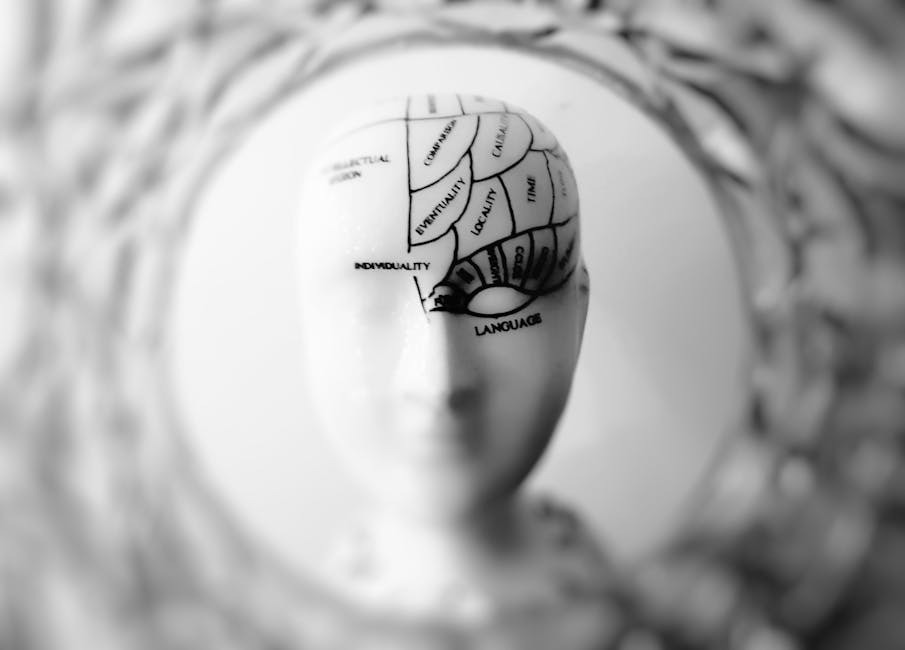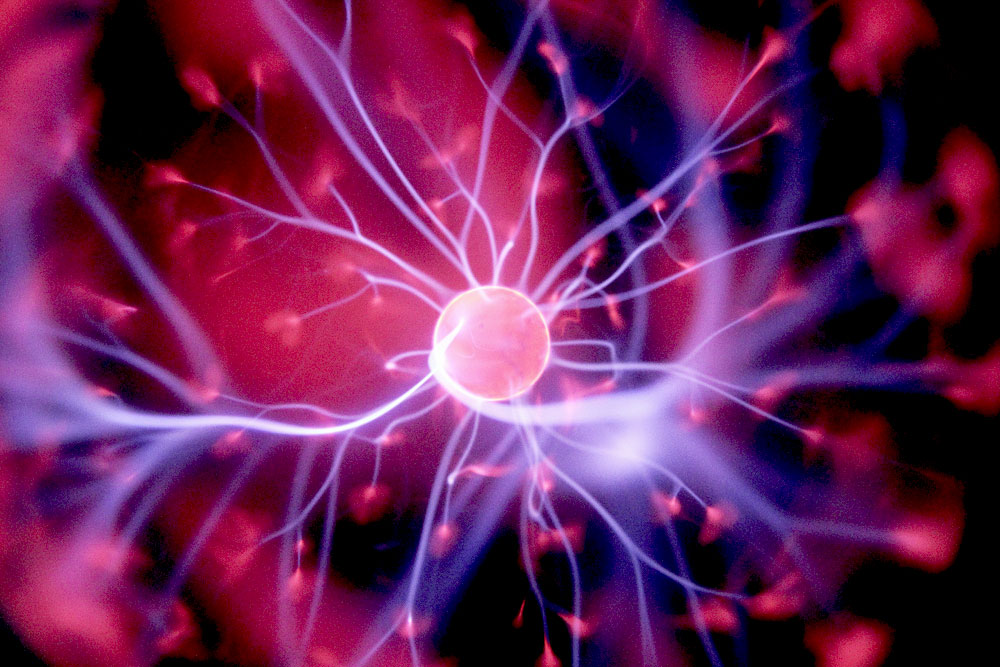We Accept Most Insurance. Please Call to Verify Yours.






![]()







At Stairway Resource Center, you’ll find more than just traditional drug, alcohol, and mental health treatment. Our evidence-based approach to recovery combines the 12-Step model with cutting-edge therapies like transcranial magnetic stimulation (TMS) for a unique and comprehensive path to long-term sobriety.
TMS is a non-invasive therapy that works by stimulating nerve cells in the brain using magnetic fields, usually in the prefrontal cortex, which regulates your emotions, mood, and behavior. TMS can potentially alter the way your brain functions, helping you break the cycle of substance abuse, depression, anxiety, and other debilitating conditions.
TMS is a drug-free, non-invasive treatment where electromagnetic coils are placed on a patient’s scalp. These coils then deliver pulses that act as a stimulant for nerve cells, which can help alleviate feelings of depression and anxiety, as well as alleviate cravings and boost your mood.
TMS therapy works through rapidly changing magnetic pulses that adjust the way neurons respond. The neurons’ cell membranes become less polarized, which then triggers them to activate an electrical signal. These signals modulate brain activity and can be a powerful tool in overcoming complex issues like depression, anxiety, and addiction, which can all change the way our brains normally function.
Research shows that relapse rates hover around 65% for alcohol addiction and even higher for opioid use disorders. This is why you’ll find unique and innovative therapies like TMS at Stairway Resource Center. Here, we specialize in offering cutting-edge solutions for patients who haven’t found success in other treatments. TMS therapy can actually get to the root of addiction in your brain, helping you stabilize your mood, reduce cravings, and get back to a healthy brain function.

Even though it was initially conceived as a therapy for depression, TMS also has a wide range of benefits for addiction. Since addiction can change the way our brain normally functions, from disrupting our mood to becoming hardwired to seek out substances, TMS can be used to bring your brain back to a normal and healthy function.
TMS can target areas of the brain that are responsible for addictive behaviors, changing the way you respond to triggers, cravings, and more. In fact, research has shown significant reductions in drug cravings when an individual undergoes TMS therapy. It can also stabilize your mood, allowing you to feel more confident, focused, and empowered. Positive emotions like these are huge foundational pillars that are wildly important in supporting long-term sobriety.
Even though nearly half of all people who struggle with substance use disorder will also experience one or more co-occurring disorders, like depression or anxiety, in their lifetime, many traditional drug treatments do not always take these co-occurring disorders into account. TMS, however, can be used for a wide range of mental health conditions as well as addiction.
When traditional drug treatments like medication and psychiatry do not work, it can cause relapse or make you feel like you have failed. Here at Stairway Resource Center, we believe that every patient deserves a wide range of treatment options, like TMS, to find what works best for their unique journey. TMS provides you with a drug-free, evidence-based solution you can’t find everywhere else.

Here at Stairway Recovery Center, we offer in-house TMS therapy combined with a full range of clinical and holistic therapies, plus a 12-Step focused philosophy to deliver unparalleled support.
At Stairway Resource Center, our expert clinicians are here to deliver world-class care in a compassionate setting with a program that includes people from all walks of life. Here, you will feel seen, heard, and understood in a supportive and non-judgmental environment, improving your chances of finding recovery success.
No two recovery journeys are the same, and at Stairway Resource Center, you’ll be sure to have a customized treatment plan tailored to your unique needs. We offer a wide range of clinical therapies as well as holistic modalities to give you a variety of options to explore, including some of the most innovative therapies available.
Stairway Resource Center’s state-of-the-art facilities in Woodland Hills, California, provide a home away from home where you’ll find the support you need to stay focused on your recovery. Unlike most programs, we offer TMS in-house, as well as other advanced treatment modalities like eye movement desensitization and reprocessing (EMDR) and brainspotting. These advanced therapies are highly effective for those who have tried traditional therapies without success.
TMS therapy has a wide range of benefits for individuals struggling with addiction, depression, anxiety, and a variety of other mental health conditions.
Originally used for depression, TMS is now a cutting-edge therapy that can help those struggling with substance use disorder and other mental health issues as well. This therapy aims to stimulate brain receptors that have lost normal functioning due to chronic conditions and habitual substance abuse, making it a powerful tool for overcoming your struggles in the long term.
At Stairway Resource Center, we’re proud to offer innovative therapies that can especially help those who have had a previous history of relapse. TMS bridges the gap created by traditional treatments with a non-invasive process that targets areas of the brain known to control chronic diseases like addiction. TMS is also excellent for pregnant women, the elderly, and anyone else who may be resistant to medication-assisted treatment.
TMS is a great alternative for those seeking a holistic, non-invasive approach to treatment. In fact, many people often compare the sensations experienced during a TMS session to those experienced during a magnetic resonance imaging exam (MRI). At Stairway Resource Center, TMS can be used in combination with other holistic, non-invasive therapies to give you a truly comprehensive plan for recovery.
If you’re new to TMS therapy, you’re probably wondering what to expect during a session. The process is fairly simple and straightforward, but it’s important to understand all the moving pieces before you begin.
A TMS session at Stairway Resource Center first starts with a safety check where you’ll remove any metallic items like jewelry or electronic devices. The technician will then perform a motor threshold test to determine the right strength of magnetic pulses needed for your treatment. After that, you’ll be ready for your exposure session, during which the TMS machine is fitted over your head and delivers the magnetic pulses to your scalp. This is a safe, non-invasive process where you may feel light pressure, a tapping sensation, or nothing at all.
TMS sessions will often include time for reflection, where you can talk about any triggers or cravings you may be experiencing. This process helps you set powerful personal intentions for your therapy, which then prepares you for the most effective means of treatment. In addition to TMS, we also encourage our patients to explore our other therapies so you can create a recovery toolkit that includes the modalities that work best for you.
While the duration of TMS treatment can vary slightly depending on the person and the specific protocol used, most sessions will last between 20 to 40 minutes. At Stairway Resource Center, these sessions are generally held five days a week over a period of six weeks, allowing you to receive the full scope of the therapy’s benefits.
The side effects of TMS are rare and usually very manageable. Some people may experience short-term side effects, including mild headaches or tension after sessions and discomfort at the treatment site. In rare cases, jaw pain or facial muscle twitching may occur. Your medical team is here to support you and answer any questions or concerns you may have about treatment.
Whether your recovery journey has just started or if you’ve been down this road before, choosing Stairway Resource Center will set you on the path to a life of happiness, empowerment, and long-term sobriety. Our 60 to 90-day outpatient program will give you the tools, structure, and support to help you stay accountable and pave the way for an enriching life free of drugs and alcohol.
Give us a call at (888) 450-2701 to speak to our team and discover how TMS therapy can support your journey and help pave the way to long-term sobriety.


What is TMS therapy, and how does it help with addiction?
TMS is a non-invasive, drug-free brain stimulation therapy that uses magnetic fields to deliver pulses to specific regions of the brain, notably the prefrontal cortex, which is a key player in mood and behavior regulation. The magnetic pulses stimulate brain activity and can potentially alter the way the brain functions, giving temporary relief to feelings of depression and anxiety, which often go hand-in-hand with addiction. TMS can also help you reduce drug cravings, fight triggers, and create a more positive outlook by boosting your mood.
TMS is generally considered to be a safe therapy with rare side effects. However, some people may experience short-term discomfort, like mild headaches after sessions or discomfort at the treatment site. In rare cases, jaw pain or facial muscle twitching may be experienced. It’s also important to note that TMS may not be suitable for everyone. If you have a history of seizures, medical implants, or specific conditions like brain tumors, you may not be able to receive TMS treatment. Always make sure to disclose a complete medical history to your care team before starting any kind of treatment.
Transcranial magnetic stimulation (TMS) therapy is a non-invasive treatment that can help you heal from substance abuse and mental health disorders. To learn more about our programs and how TMS can help you, call Stairway Resource Center at (888) 450-2701.